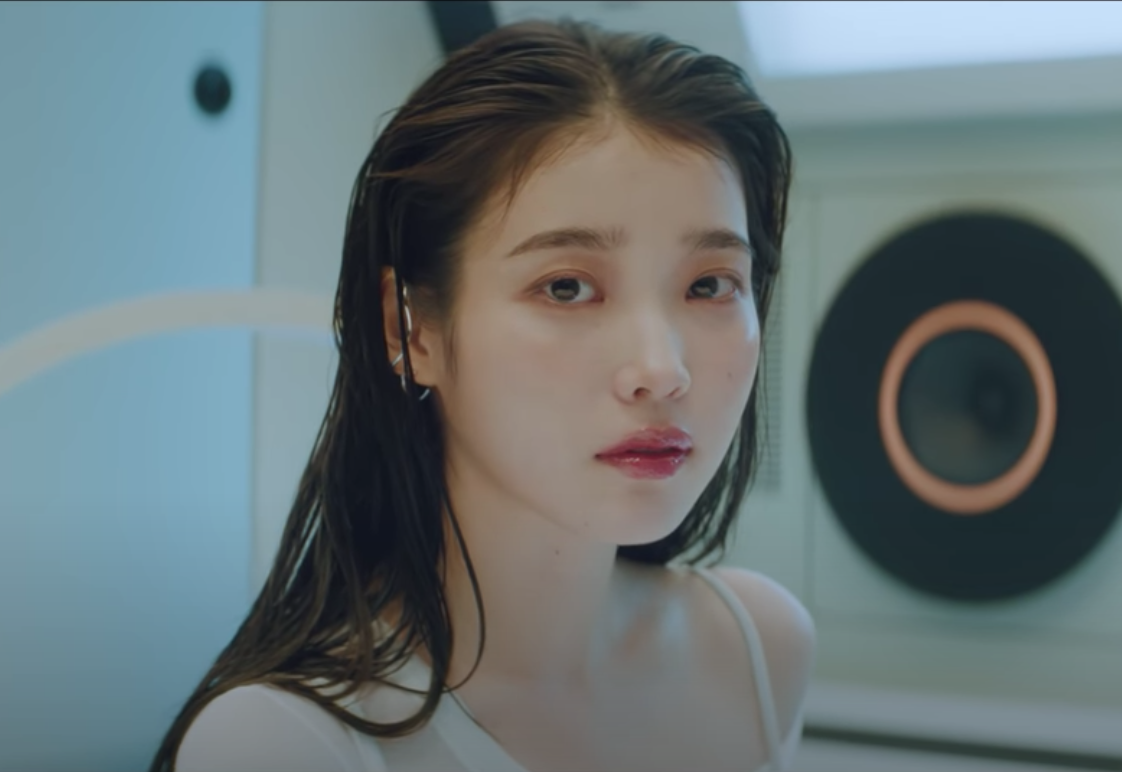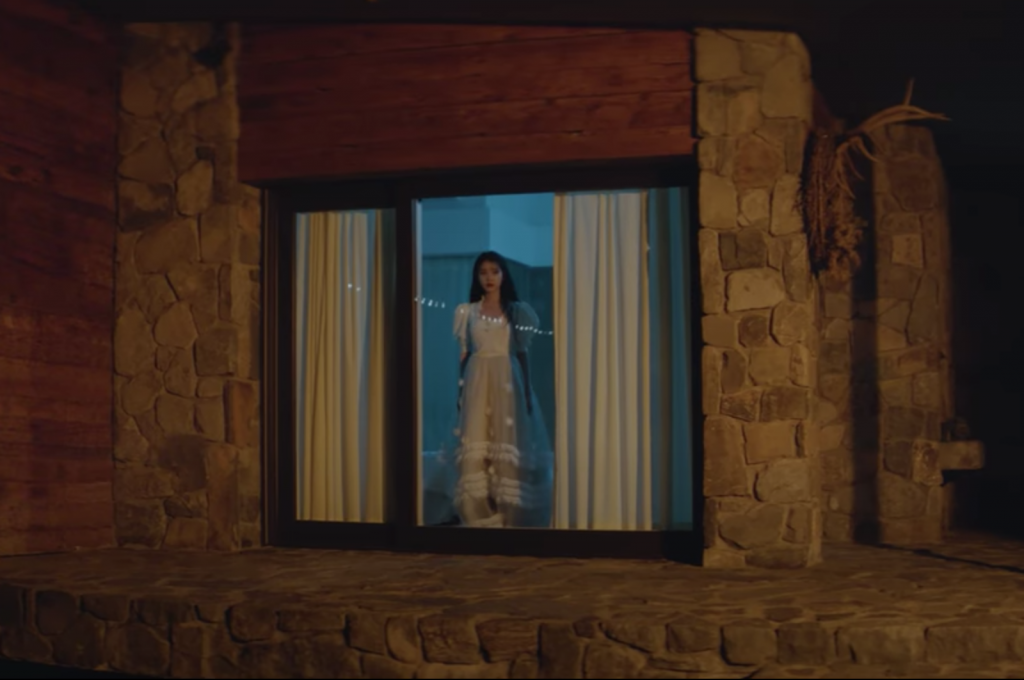
When IU and Suga announced that they would be releasing a song together this month, Kpop fans knew they were in for something special from two artists who have been known to write emotional, hard-hitting songs. And they were not disappointed— “Eight” is the continuation of a series of IU’s songs which began with “Twenty-Three” and “Palette”, involving IU reflecting on her state of mind at ages twenty-three and twenty-five, respectively.
In “Eight”, she reflects on her life at twenty-eight— a year which, in IU’s own words, was plagued by “the recurring feeling of lethargy and longing for the ‘orange island’ where we felt freedom rather than sadness.” However, the song also offers a thread of hope amidst this pain. The MV touches on themes of loneliness, sadness and depression, as well as the happiness of youth, hope, growth and healing.
One of the most powerful aspects of “Eight” is the ambiguous nature of both its song and MV. Throughout the song, IU addresses an ambiguous “you”, such as in lyrics including “See you in my memory that is beautiful” and “I’ll see you in the memory forever.” This “you” may be referring to her past self, but could also be addressing the viewer at certain moments, such as in “So are you happy now?”. This interpretation is supported by the fact that there are several scenes in the MV where IU interacts with the camera, treating the viewers as though they are her friends and part of her memories, such as the moment where she runs up the stairs in her house and looks back at the camera, making sure that we are following her.
A second interpretation is that the “you” refers to the friends IU recently lost, most recently Sulli, who she was extremely close with. According to the Korea Herald, IU said in an introduction to the song that she herself wasn’t sure if the song was about her “personal emotion or from the overall social atmosphere coming from the [coronavirus] disaster”. Therefore, it wouldn’t be much of a stretch to assume that both interpretations might be true. The MV plays with this ambiguity, and allows the symbols used throughout the video to have many interpretations, but overall tell the story of a woman attempting to find happiness once again.
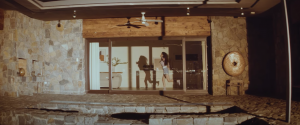
The colours of the music video are central to understanding IU’s state of mind and emotional journey towards healing and happiness. Yellow is used throughout the memory scenes in many of IU’s happiest recollections: during the shots where she relaxes on a pile of blankets on the floor and dances through her house, the walls of the house and the sunlight streaming through are a beautiful golden colour. Additionally, in one shot, she blows a chewing gum bubble — a youthful image which echoes the lyrics “forever we young”. Adult-IU blowing the bubble may also indicate that she hopes to bring the happiness of her youth into her adult life. These fully-yellow scenes are rare in the live-action parts of the MV, and effectively contrast with the bluer colours of the rest of the live-action shots, highlighting just how much unhappiness IU currently has in her life. They also evoke the “orange sun” that IU hopes to dance under in the chorus lyrics.
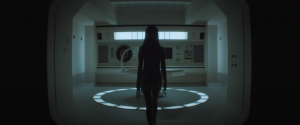
Bluer colours also appear often in the MV, and do not always contrast yellow by appearing in the sadder scenes. The aforementioned scene where IU runs up the stairs is a joyful moment, and the whole stairwell is painted a light, pastel blue. However, this shot could also be a reference to her good times with friends she has now lost— in which case, the blue adds a subconscious undertone of sadness to it. Light blue is also present in the initial scene in the memory saving room, where the coolness of the blue and dark lighting gives the room a sterile, unwelcoming feeling. This could indicate that IU possesses a degree of unwillingness to dive into her memories— while, at the same time, her walking into the room also demonstrates that she is now ready to do so, to take charge of her healing process.
Blue and yellow also often combine to express IU’s internal struggle and journey to find happiness. In the overheads shots of IU lying down in the memory saving machine, which appear throughout the MV, the colour of the shot fades from blue to yellow as she goes through the memories. This indicates that not only is she visiting this “orange island” of memory to find happiness and strength, but she is also finding closure through the memories, and allowing herself feel everything before finally trying to move on.
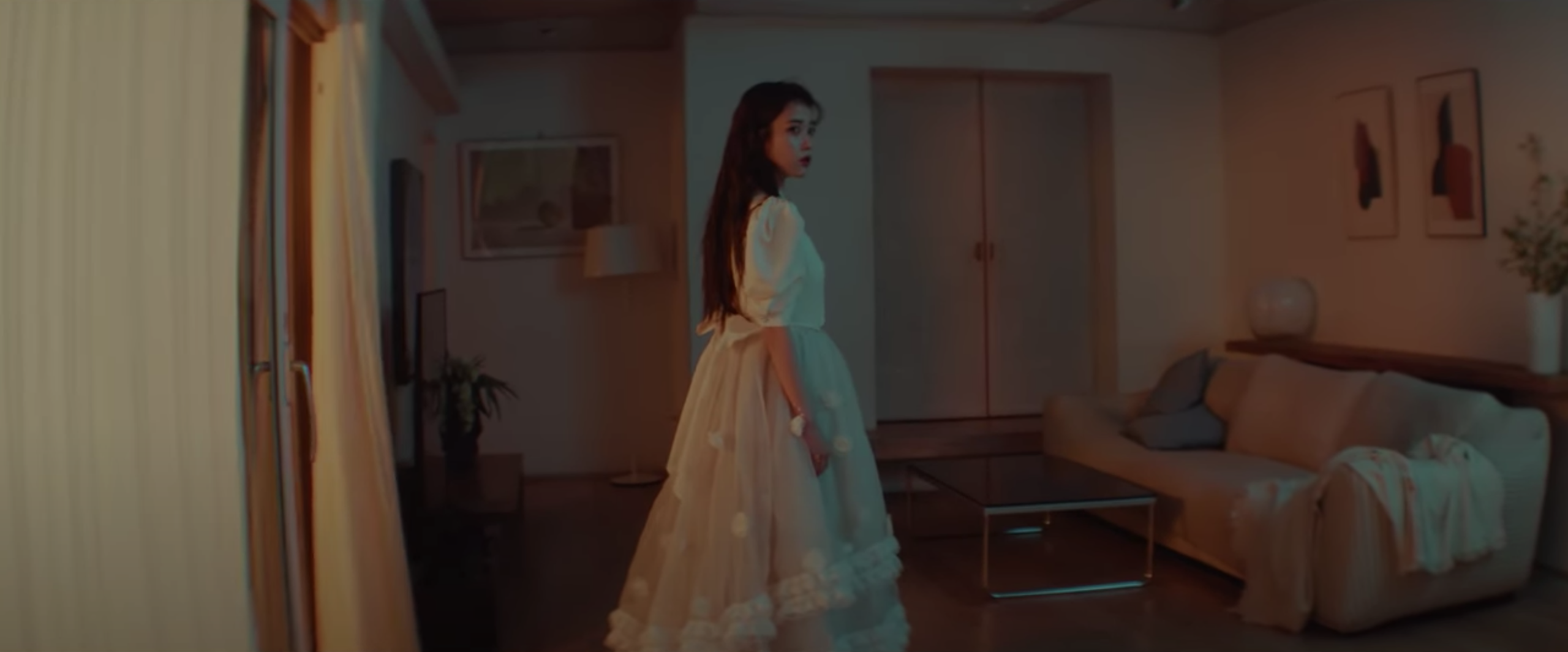
In another series of shots, IU walks through her empty, silent house, as though looking for something she is missing: maybe the friends who have left her. She is also dressed in a long white gown, like a ghost— one of her former self. Additionally, the house is the same house as the one she was dancing happily in— but the blue colours in this scene overpower the lingering yellow of these other scenes. Blue plays a much more melancholy role here— specifically, it can be seen as representing her loneliness.
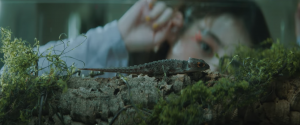
IU’s pain and loneliness is also represented by the house itself. In several shots, IU looks out of the house longingly, as though she wants to leave, but she doesn’t: the house, while trapping her, also protects her from the pain she has to face. When she is rudely awoken and discovers a storm brewing outside, all of the yellow colours have now vanished, leaving her with a deep, dark blue– a representation of the idea that challenges and dark times can often overcome you when you least expect it. She is also now wearing her pyjamas, a far cry from the elegant gown she had donned earlier, indicating that she is now in a much more vulnerable state than before— and it is in this state that she finally steps out of the house and into the storm, starting the process of facing the pain she must go through in order to move on.
The recurring use of the lizard is also cleverly used to represent regeneration and hope, and by extension the ability to move forward and heal. The fact that certain lizard species can lose their tails and some can even regrow their skins is a metaphor for the way in which IU revisits her memories in order to leave them behind: shedding her past in order to grow. Throughout her memories, IU is seen taking care of the lizard, implying that she is trying to nurture this hope and growth in order for her to move on to a happier life. The dragon in the second animation sequence is an evolved form of the lizard, and can be seen as a memory of the happiness, hope and wholeness she possessed when she was younger, which she now hopes to reattain.
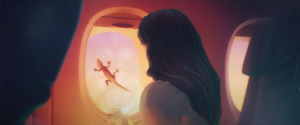
The lizard appears in several shots throughout the MV, and is always distanced from IU in some form, including through the glass of its cage, through a ceiling grate, and through the plane window in the first animation sequence. The only time the lizard is in contact with someone is during the flying scenes, where the girl rides on the dragon’s back. This can be seen as representing the fact that there are always barriers present which prevent IU from simply being happy. This idea is important to the scene during the first animation sequence, where IU looks out of the plane window and sees the lizard outside.
When a turbulent storm hits moments later, the lizard is swept away by lashing rain. IU is then rudely awoken from the animated dream sequence and into her memory sequence, where she finds that it is also raining, and the lizard is missing from its cage. She finally understands that she will not be able to find it again without heading into the rain, and so she leaves her home in search of the lizard– in other words, choosing to go through the pain to rediscover happiness and hope.
The second animation sequence is a direct reference to the lyrics “Under the orange sun: We dance together where there’s no shadows.” What exactly this orange island is in the MV can have several interpretations. The first one is that it represents her youth, with the girl representing a younger version of herself, and the IU on the plane representing an older, more current version. Even the animation style itself is simpler than the first: a symbol of easier times. Although her younger self might have been happier, IU cannot stay stuck in the past forever, and has to focus on moving ahead, even if things become painful. This is why present-day IU and her younger self are now flying in different directions: IU acknowledges the value and happiness of the memories belonging to her younger self, but lets her go, purposefully flying away from her.
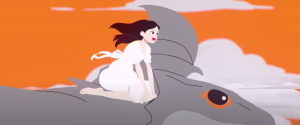
On a different note, it could also be the case that the orange island is IU’s dream of happiness for the future. Seeing this future version of herself heading into the sunlight on the back of the hope and happiness she hasn’t yet cultivated is bittersweet, which is why she cries. A third interpretation is that the girl and the dragon are representative of Sulli and Jonghyun: two close friends of IU’s whom she lost over the last couple of years. She sees them flying away from her, presumably to a place where they can finally be happy, and although she is grateful to see them, their loss still aches. Still, she makes the choice to move forward and continue living, perhaps hoping to see them again at the end of all of it.
At the end of the MV, IU wakes up in a room which is much brighter than it was at the beginning of the MV. The start of the song, the lyrics “So are you happy now? Finally happy now?” echo in the background, breaking the silence and making the room less lonely than before. The distant echo of the lyrics also indicates that a desire to become happy again is what lingers on after her experience. By looking directly at the camera, it also seems as though she is asking the viewers if we, too, are happy now. Although she looks sad at first, she soon gives us a small smile: she knows there is still a journey ahead of her before she can be truly happy, but at least her memories will be there to give her strength as she heals and grows.
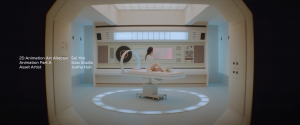
IU— and Suga with her—manages to not only express many different levels and nuances of her own sadness, but turns her pain into a beautiful message of hope which in turn can comfort anyone who is currently living through their own challenges. Backed by its beautiful visual artistry, as well as the profound lyricism and vocals of two of Kpop’s biggest stars, it will be no surprise to see “Eight” remain a favourite of Kpop fans for years to come.
(YouTube. IU quote via The Korea Herald. Images via EDAM Entertainment.)
